The Owl "Hoo" Loves Rangelands
-
Breeding = spring, summer
-
Habitat = grassland
-
Status = threatened
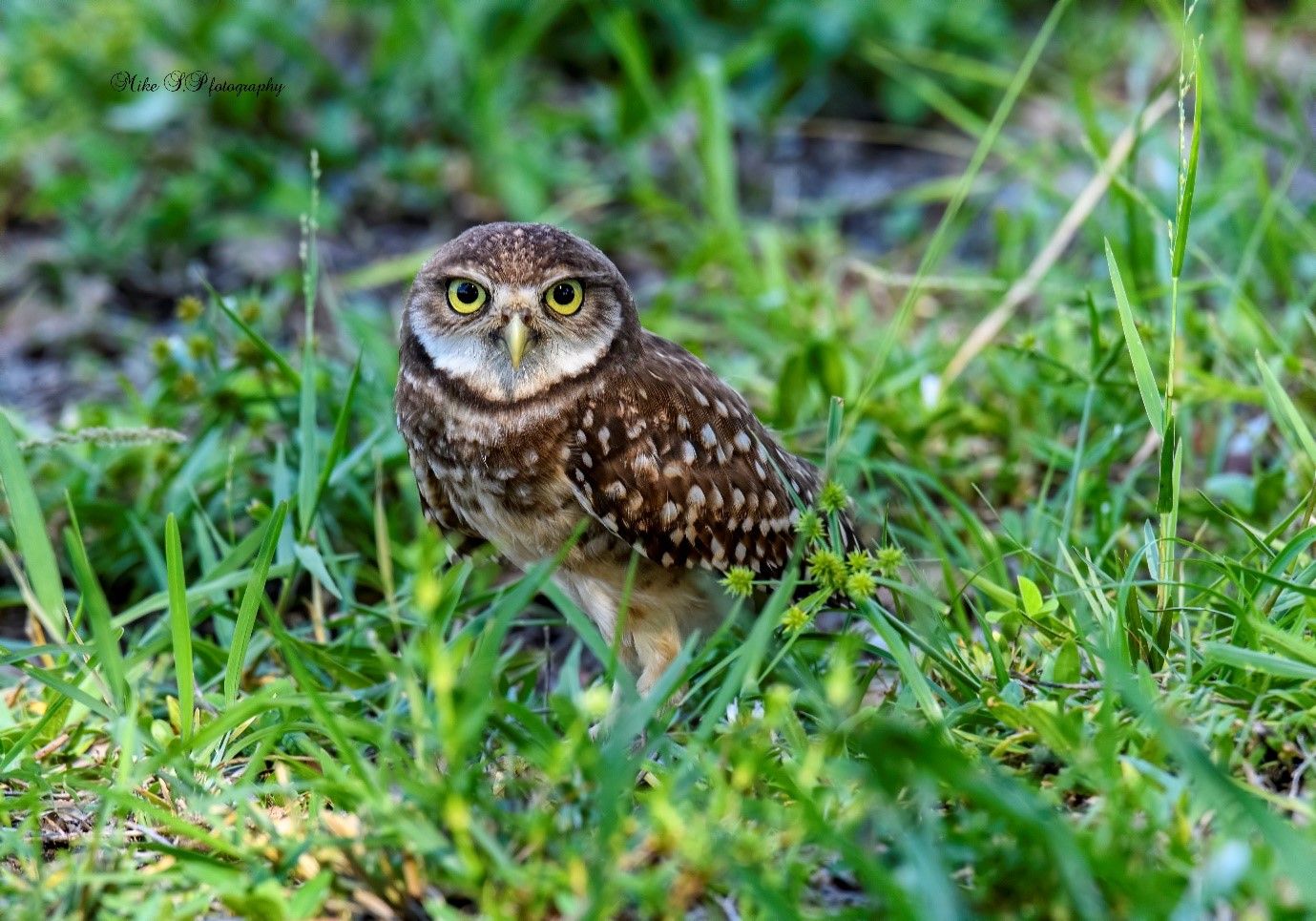
Credit: Mixail Shevchenko
Scientific name: Athene cunicularia floridana
Common name: burrowing owl, ground owl
Habitat: Open-type habitats with short groundcover, including agricultural and urban areas.
Physical Description: Smaller owl with long legs, bright yellow eyes, and no ear tufts. Body length can reach 9 in and wing span 21 in.
Weight: 6 ounces
Reproductive Rate: 21–28 day incubation, 6–8 eggs, fledge around 12 weeks.
Lifespan: 6–8 years for western burrowing owls, unknown in Florida.
Dispersal & Home Range: Unknown for Florida populations, however, research currently being conducted.
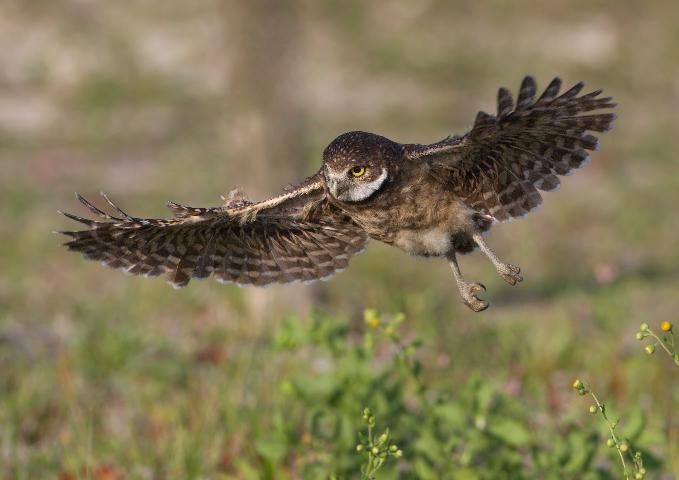
Credit: Ron R. Bielefeld, https://www.whistlingwingsphotography.com/
History and Habitat: Owls were generally observed in the late 1800s on dry prairies in south-central Florida. The low, grassy vegetation of historic dry prairies was maintained by periodic flooding and natural fires. Today, few native dry prairie habitats remain because of fire suppression and conversion to human land uses. Burrowing owls have since expanded their natural breeding range and are now found mostly on agricultural fields, airports, ball fields, and residential lots.
Timeline of the history of the Burrowing Owl in Florida (1874-2017):
- 1874—First recorded observation of burrowing owls in Florida
- 1896—Changes in breeding habitat were observed for the first time
- 1938—Breeding range expansion recorded
- 1950—A decline in the owl population occurred at Kissimmee Prairie
- 1979—Burrowing owls in Florida were listed as a “species of major concern” by the FWC (Florida Fish and Wildlife Conservation Commission)
- 1999—First census was conducted statewide but agricultural lands were not counted for
- 2013—Burrowing owls were recommended as a threatened species by the FWC
- 2017—Burrowing owls were officially listed as a threatened species
Distribution: Burrowing owls have expanded their range to north and south Florida due to human-induced landscape modifications. Their distribution is localized and spotty throughout peninsular Florida, with high concentrations occurring in urban SE coastal areas and Cape Coral. Small colonies have been found as far west as Eglin Air Force Base and as far south as the Dry Tortugas. Little is known about the distribution of burrowing owls on agricultural land, although owls are known to extensively use rangeland and other agricultural fields.

Credit: FWC
Biology and Behavior: Burrowing owls live as single breeding pairs, often forming loose colonies consisting of multiple families living within 500 ft of each other. During the day, they are usually observed standing at the mouths of their burrows or on a nearby post. Florida burrowing owls typically dig their own burrows, but they are also known to use burrows of gopher tortoises (Gopherus polyphemus) or armadillos (Dasypus novemcinctus), and they sometimes occupy structures such as manholes, sewer drains, and concrete pipes. Their breeding season is typically February–July. Young owls emerge from the burrow at 2 weeks and stay with their parents for approximately 12 weeks. Burrowing owls primarily forage on insects, especially grasshoppers and beetles, though small lizards, frogs, snakes, birds, and rodents are also important prey items.
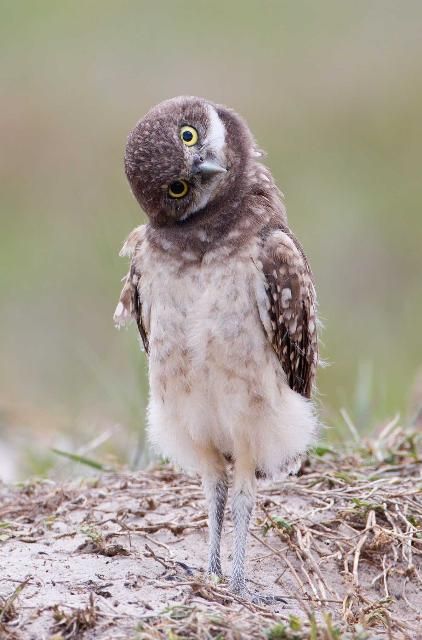
Credit: Ron R. Bielefeld. https://www.whistlingwingsphotography.com/
Importance of Rangeland for Conservation: Due to the many threats and decreasing availability of vacant lots in urban areas, rangelands appear to be critical to the burrowing owl's overall conservation. The current status of owls in these areas is unknown because researchers face difficulty accessing privately owned lands. Limited surveys may also result in population underestimation. Moderately grazed pastures provide the low-stature vegetation requirements for owl breeding habitat and may be preferable to more intensively developed areas.
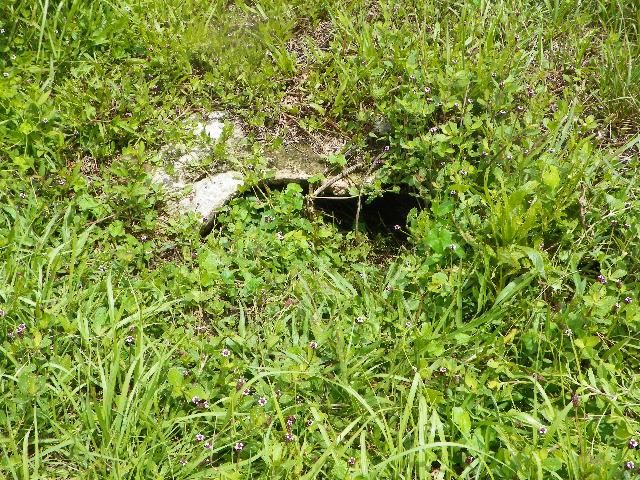
Credit: UF/IFAS
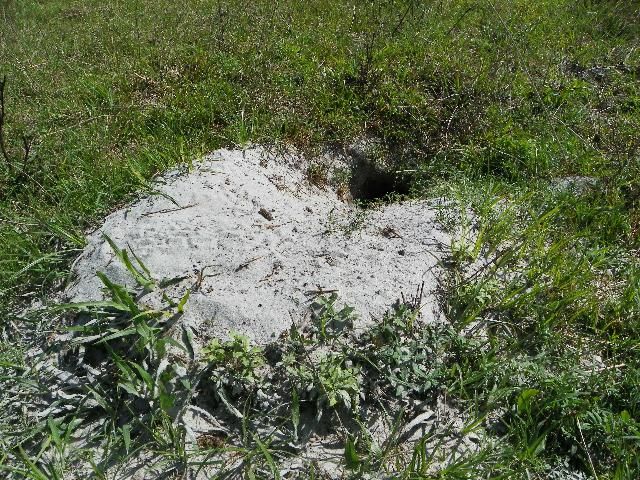
Credit: UF/IFAS
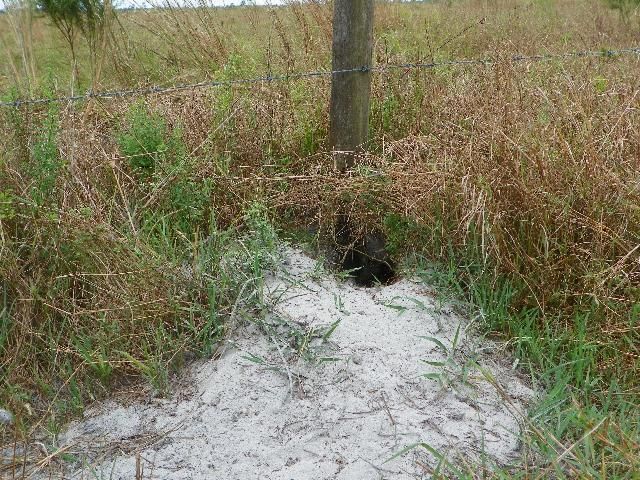
Credit: UF/IFAS

Credit: UF/IFAS
Did you know?
Burrowing owls often decorate their burrow openings with dung, insect parts, feathers, grass clippings, paper, or other debris.
Fast Facts
-
The burrowing owl population in Florida is a geographically distinct subspecies and unlike the western subspecies, they are nonmigratory.
-
Burrowing owls are active during the day and at night.
-
They can hover in midair to catch food.
How You Can Help
- Install T perches near owl burrows to give owls an elevated view of their nest areas.
- Maintain low vegetation (<5 inches) within 10 feet of burrow entrance using light equipment such as weed trimmers, except during nesting season.
- Avoid heavy equipment near active burrow openings to prevent collapsing burrows.
- Restrict the use of pesticides that may affect owl food sources.
- Keep pets away from the owls' burrow sites.
More information and factsheets at https://edis.ifas.ufl.edu